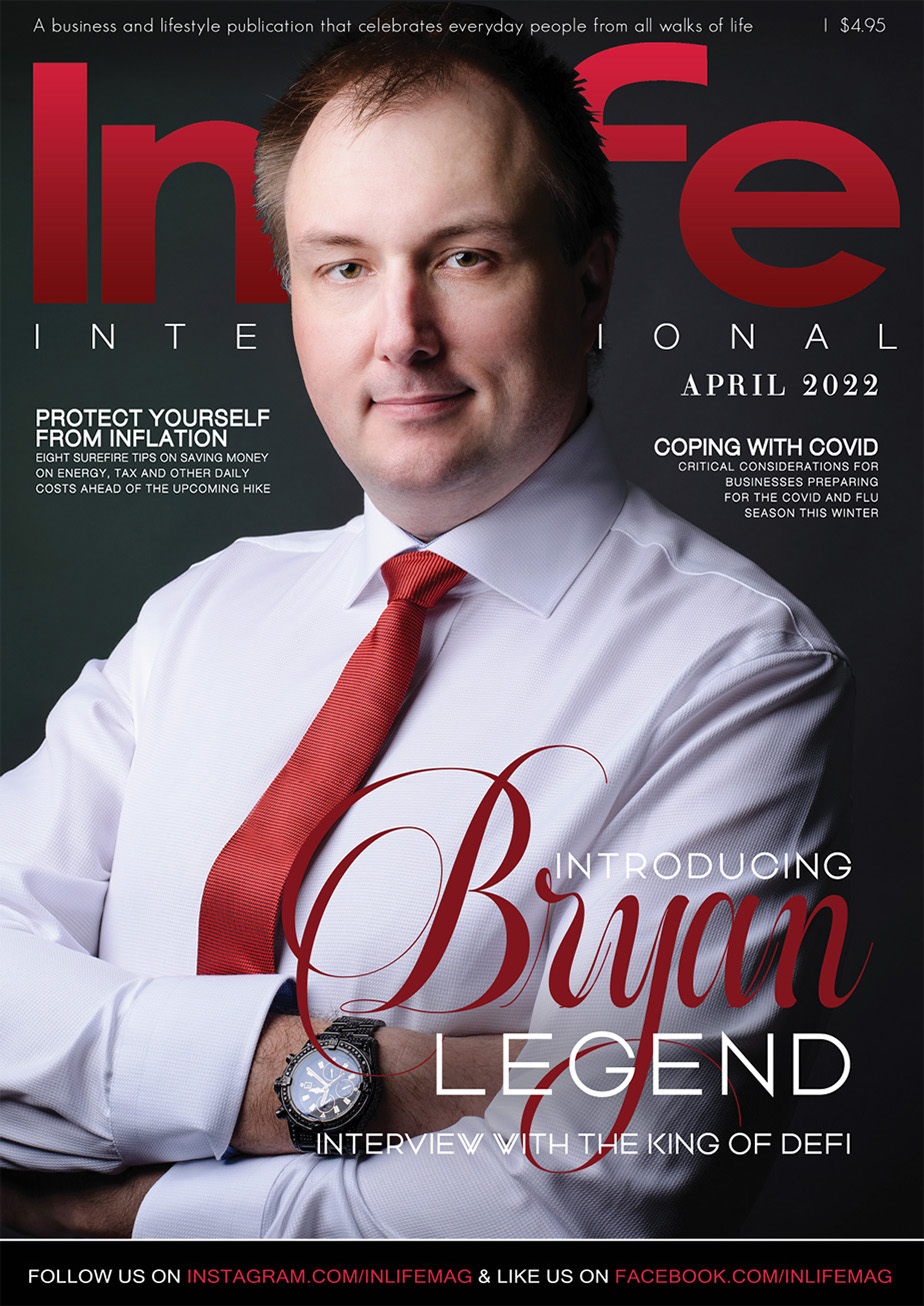In various aspects of life, from personal relationships to professional interactions, the ability to discern whether someone is telling the truth is a valuable skill. While no method is foolproof, there are common indicators and behavioral cues that may suggest someone is not being entirely truthful. Here’s a guide to help you navigate the subtle art of detecting deception:
Inconsistencies in Verbal and Non-Verbal Communication
Verbal Cues: Pay attention to inconsistent statements, vague responses, or overly elaborate explanations. Liars often struggle to maintain a cohesive narrative.
Non-Verbal Cues: Observe body language for signs of discomfort, such as avoiding eye contact, fidgeting, or nervous gestures. Misalignments between spoken words and body language may indicate deception.
Microexpressions and Facial Expressions
Microexpressions: These fleeting facial expressions occur involuntarily and can reveal concealed emotions. Look for quick flashes of fear, disgust, or contempt, especially when discussing sensitive topics.
Eye Movements: Contrary to popular belief, there is no universal “lie detection” in eye movements. However, rapid or excessive blinking, prolonged eye closure, or avoiding eye contact may signal discomfort.
Changes in Vocal Patterns
Pitch and Tone: A sudden change in pitch or tone may indicate emotional stress. High-pitched voices can be associated with anxiety or nervousness.
Speech Rate: Liars may speak more slowly, as they carefully choose their words, or too quickly to divert attention. Listen for unusual pauses and hesitations.
Defensiveness and Avoidance
Deflection: Individuals who are not truthful may become defensive, deflecting questions, or avoiding direct answers. Pay attention to subtle attempts to change the subject.
Avoidance of Details: Liars often provide vague responses and avoid providing specific details. They may focus on broad statements to minimize the risk of being caught in inconsistencies.
Contradictory Behavior
Behavioral Inconsistencies: Observe the person’s behavior for inconsistencies with their usual conduct. Drastic changes in habits, routines, or social interactions may signal deception.
Baseline Behavior: Establish a baseline for the person’s normal behavior. Deviations from this baseline, especially during conversations, may be indicative of deception.
Emotional Disconnect
Lack of Emotional Expression: Genuine emotions are usually accompanied by corresponding facial expressions and body language. A lack of emotional expression, especially in emotionally charged situations, may suggest deception.
Emotional Incongruence: When someone expresses an emotion that doesn’t align with the context, it could be a red flag. For instance, a person smiling while discussing a sad event may be attempting to mask true feelings.
Polygraph (Lie Detector) Results
Polygraphs may be able to measure physiological responses including heart rate, blood pressure, and respiration rate, but let’s face it – they’re not perfect. These indicators can be influenced by stress, anxiety, or guilt. However, their accuracy is debated, and they are not foolproof.
Trust Your Instincts, but Be Cautious
Intuition is a powerful tool. If something feels off, trust your instincts. However, avoid relying solely on gut feelings, as personal biases can influence them.
Conclusion
Detecting deception is a nuanced skill that requires a combination of observation, intuition, and understanding of human behavior. It’s essential to approach these observations with empathy and acknowledge that various factors, including stress, anxiety, or personal discomfort, can influence behavior. While the above cues may raise suspicions, it’s crucial not to jump to conclusions and consider the situation’s broader context.















